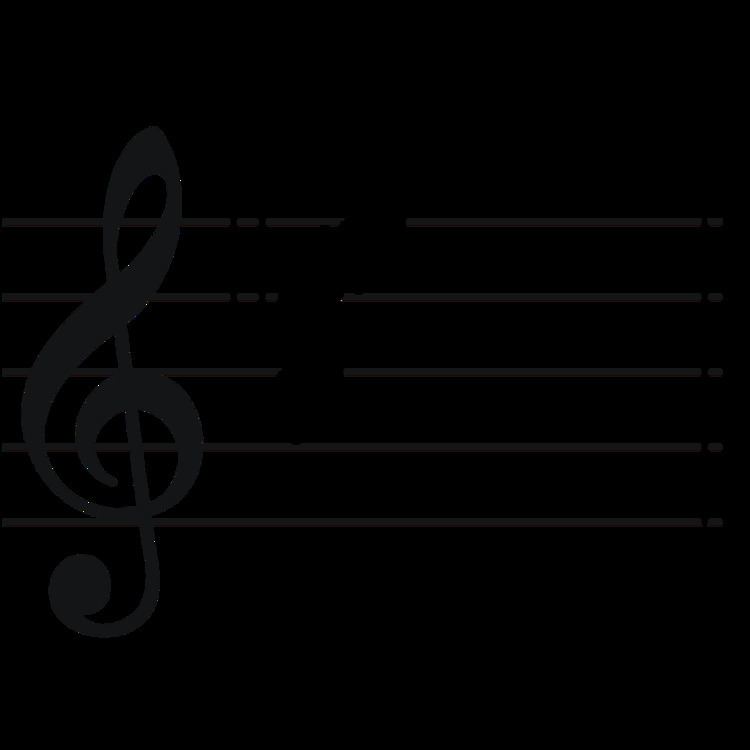Relative key F♯ minor | ||
 | ||
A major (or the key of A) is a major scale based on A, with the pitches A, B, C♯, D, E, F♯, and G♯. Its key signature has three sharps.
Its relative minor is F-sharp minor and its parallel minor is A minor. The key of A major is the only key where a Neapolitan sixth chord on
In the treble, alto, and bass clefs, the G♯ in the key signature is placed higher than C♯. However, in the tenor clef, it would require a ledger line and so G♯ is placed lower than C♯.
Although not as rare in the symphonic literature as sharper keys, examples of symphonies in A major are not as numerous as for D major or G major. Beethoven's Symphony No. 7, Bruckner's Symphony No. 6 and Mendelssohn's Symphony No. 4 comprise a nearly complete list of symphonies in this key in the Romantic era. Mozart's Clarinet Concerto and Clarinet Quintet are both in A major, and generally Mozart was more likely to use clarinets in A major than in any other key besides E-flat major. Moreover, the climax part of Tchaikovsky's Violin Concerto (Tchaikovsky) is also A major.
A major is often thought of as the simplest key for violin and other orchestra instruments and beginning violin students' first pieces are usually simple ones in this key.
A major occurs frequently in chamber music. Franz Schubert's Piano Quintet known as the Trout Quintet and Antonín Dvořák's Piano Quintet No. 2 are both in A major. Johannes Brahms, César Franck, and Gabriel Fauré wrote violin sonatas in A major. In connection to Beethoven's Kreutzer Sonata, Peter Cropper said that A major "is the fullest sounding key for the violin."
According to Christian Friedrich Daniel Schubart, A major is a key suitable for "declarations of innocent love, ... hope of seeing one's beloved again when parting; youthful cheerfulness and trust in God."
For orchestral works in A major, the timpani are typically set to A and E a fifth apart, rather than a fourth apart as for most other keys. Hector Berlioz complained about the custom of his day in which timpani tuned to A and E a fifth apart were notated C and G a fourth apart, a custom which survived as late as the music of Franz Berwald.
